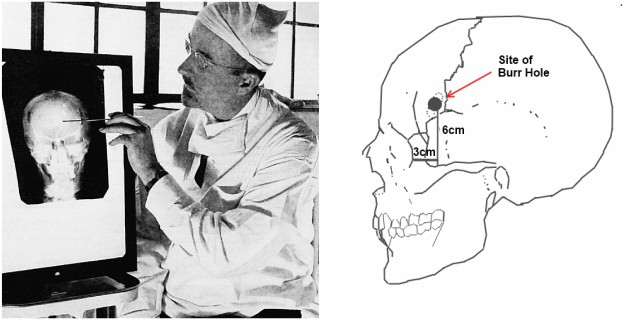Throughout his life, Walter Freeman was obsessed with finding a cure for mental illness and he thought he found it when he became the first to introduce and popularize the prefrontal lobotomy in the United States.
He perfected the procedure by using ice picks hammered into each frontal lobe through the back of each eye socket and performed nearly 3500 lobotomies in his career.
Walter Freeman was born on November 14th, 1895, in Philadelphia, Pennsylvania, United States. His father was a very successful otolaryngologist and his maternal grandfather was William Williams Keen, a prominent surgeon in the Civil War.
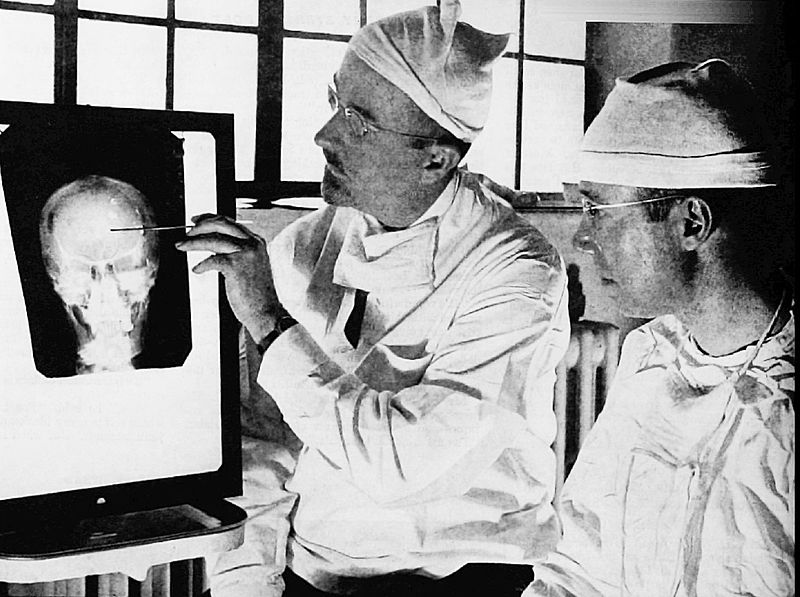
In his early years, Walter wasn’t interested in medicine but after he received a bachelor’s degree in 1916 from Yale University he studied neurology at the University of Pennsylvania and earned a medical degree in 1920.
In 1935 Freeman learned of a frontal lobe ablation technique when Carlyle Jacobsen tried frontal and prefrontal lobotomies on chimps and came to a conclusion that the chimps became less aggressive and more manageable.
The same year Antonio Egas Moniz, a Portuguese neurosurgeon devised a leucotome, an instrument for dividing the white matter in the brain, and performed the first procedure known as prefrontal leukotomy.
In 1936 Freeman modified Moniz’s technique and together with his colleague James Watts he performed the first lobotomy operation in the United States on a 63-year-old Kansas housewife suffering from anxiety, insomnia, and depression. He was convinced that the operation was successful and was satisfied with the results so he started to propagandize the procedure heavily recommending it for any type of disorders, from psychosis, depression or neurosis to criminality.
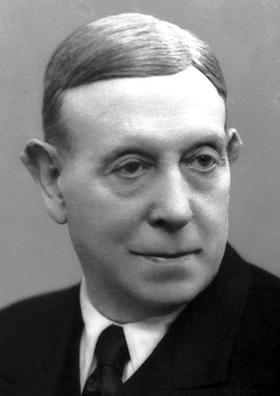
Trying to find a more efficient way to perform the procedure he developed the “ice-pick lobotomy”- an operation that didn’t require drilling holes in the skull. Instead, he inserted an ice-pick-like instrument above each eye of the patient by tapping it with a hammer.
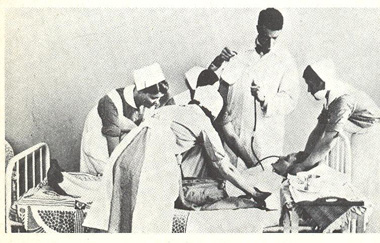
Many of his colleagues criticized his method but Freeman was convinced that it was a success and recommended the procedure. Between 1939 and 1951, almost 20,000 lobotomies were performed in the United States and as Freeman claimed, the operation reduced the governmental costs from $35,000 per year for keeping a patient in an asylum to $250 for lobotomizing him.
He popularized the procedure and started traveling around the country in a van he called “the lobotomobile”, performing dozens of ice-pick lobotomies each day. He was able to do a lobotomy in 12 minutes and it is said that he once performed 25 lobotomies in one day. Known as a showman he often used carpenter’s hammers and also liked to insert picks in both eyes simultaneously.
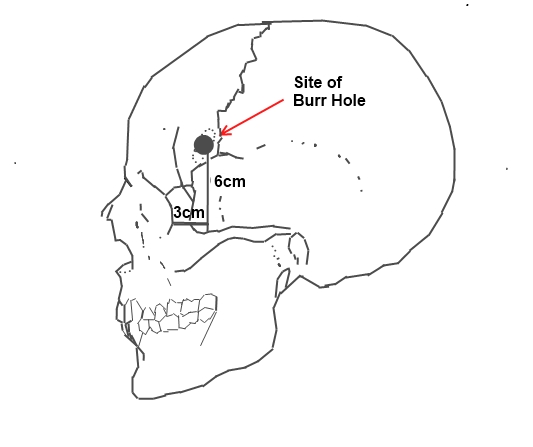
However, lobotomy’s popularity faded and Freeman performed his last lobotomy in 1967 when his patient Helen Mortensen, died on the operating table. After this incident, he was banned from operating.
In the last 20 years of his life, he continued to tour the country in his “lobotomobile” visiting former patients and documenting their histories. He died on May 31st, 1972.
